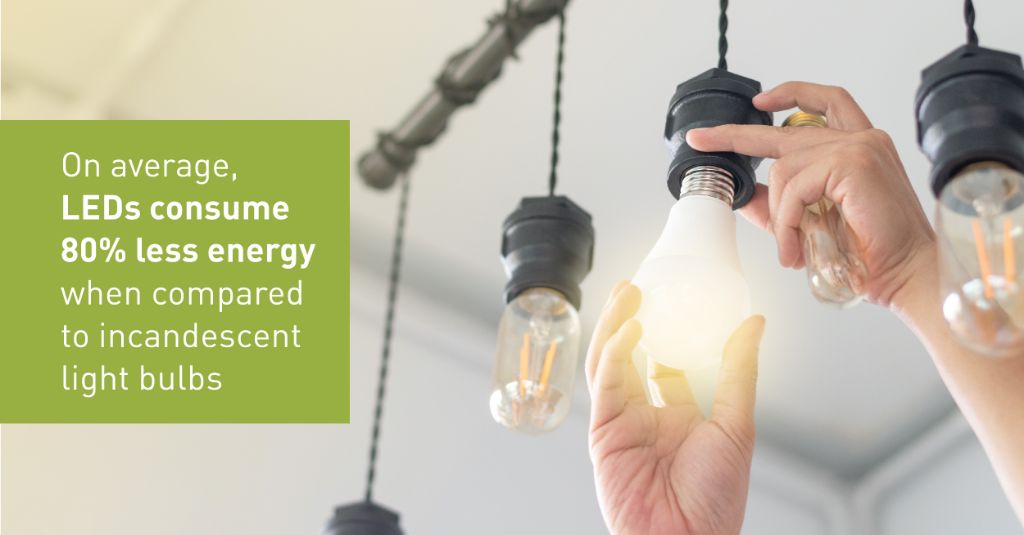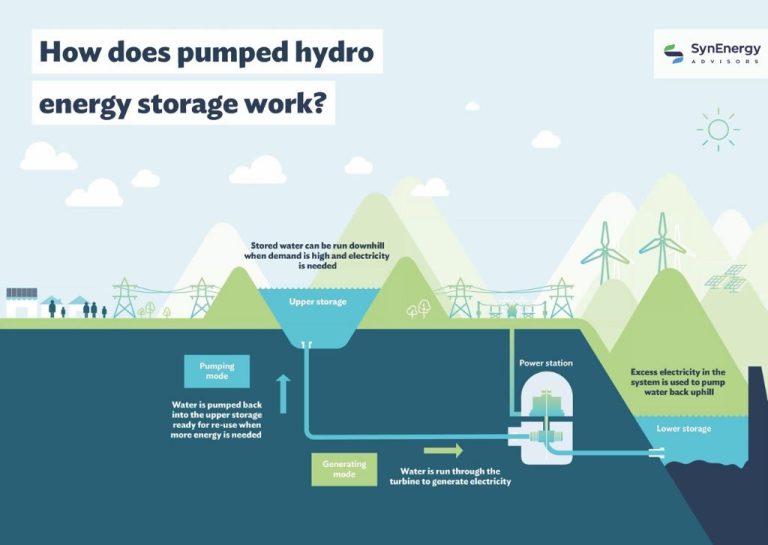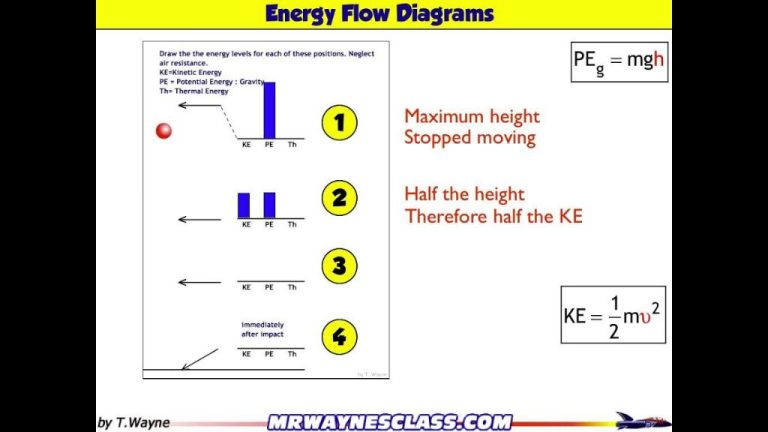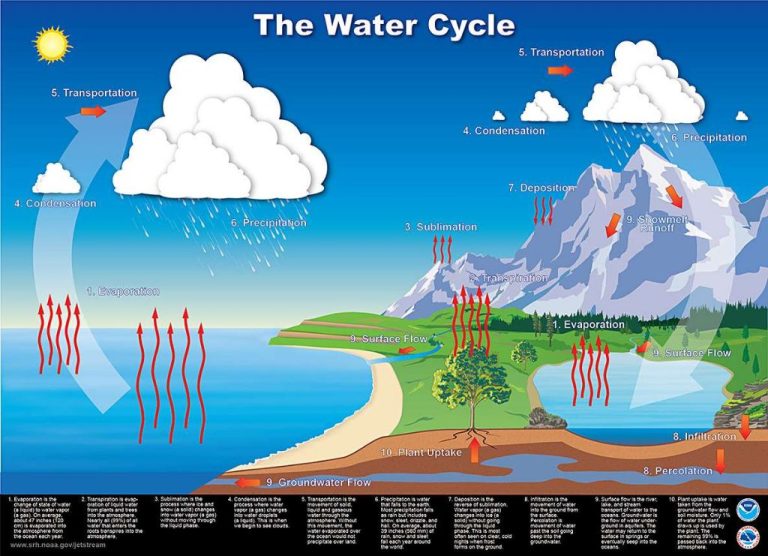How Many Kw Do I Use Per Hour?
This article will explain how much electricity the average household uses per hour. We’ll look at the major factors that affect electricity usage, including the power draw of common appliances, lighting, and heating/cooling systems. Usage will be broken down by the time of day and tips will be provided for monitoring and reducing your electricity consumption. By the end, you’ll have a solid understanding of how many kilowatts the typical home uses per hour.
Average Household Electricity Usage
The average U.S. household uses about 900 kWh of electricity per month. This comes out to about 30 kWh of electricity usage per day, or 1.25 kW per hour. However, actual electricity usage varies significantly based on several factors. Larger homes with more occupants, appliances, electronics, and amenities will use more electricity. Climate also plays a major role, as heating and cooling needs drive up winter and summer usage. The U.S. Energy Information Administration provides statistics showing average daily household electricity consumption ranges from 17.6 kWh in the warm South to 34.9 kWh in cold Midwest states. This translates to hourly averages of 0.73 kW to 1.45 kW respectively. But individual homes can vary widely based on size, efficiency and occupant energy use behaviors. Careful monitoring of your own electric meter is the best way to understand your hourly and daily electricity consumption.
Factors Affecting Usage
How much electricity you use in your home depends on several factors. The main ones are:
- Appliance use – Homes with a lot of high-wattage appliances like refrigerators, electric ovens, and clothes dryers will use more electricity.
- Home size – Larger homes require more energy for lighting, heating, cooling, and operating appliances.
- Number of people – More people equals more electricity used for things like lights, TVs, computers, cooking appliances, hot water, etc.
- Climate and weather – Homes in very hot or very cold climates use more electricity for air conditioning and heating.
- Age of home – Older homes tend to be less energy efficient than newer ones.
- Energy efficiency – Upgrades like insulation, ENERGY STAR appliances, and LED lighting reduce electricity usage.
When estimating your electricity usage, consider all these factors. The more appliances and systems running, the more power is being used per hour.
Major Appliance Usage
Major appliances like refrigerators, dishwashers, washing machines, and ovens/ranges account for a significant portion of a household’s energy use. Here are some typical usages for common major appliances:
-
Refrigerator – Uses about 100-300 kWh per month depending on size and configuration. Newer ENERGY STAR models use about 20% less.
-
Dishwasher – Uses around 300 kWh per year for an average household. Using energy-saving settings can reduce usage.
-
Clothes Washer – Uses around 40 kWh per year for an efficient ENERGY STAR model. Older washers may use up to 150 kWh.
-
Clothes Dryer – Uses around 660 kWh per year. Air drying instead can save a significant amount.
-
Oven/Range – Uses around 110 kWh per month for an average electric oven. Gas ovens use less. Induction cooktops are most efficient.
Choosing the most energy efficient appliances and using them wisely can lead to substantial energy savings over time.
Lighting Usage
Lighting accounts for around 12% of a typical home’s electricity usage. With the average home having around 40 lightbulbs, lighting can quickly add up in terms of energy consumption and cost. The wattage of each bulb determines how much electricity it draws. Some guidelines for typical wattages:
- Incandescent bulbs: 50-100 watts
- CFL bulbs: 13-25 watts
- LED bulbs: 4-12 watts
So switching out inefficient incandescent bulbs with CFL or LED options can make a significant impact on electricity usage. It’s also important to make sure lights are turned off when not needed – lighting an empty room is pure energy waste. Installing occupancy sensors, timers, and dimmers can help reduce lighting usage when full brightness is not required. Taking simple steps like using natural daylight when possible, replacing bulbs with lower wattage versions, and turning off unnecessary lights can help cut lighting electricity usage by 10-20% or more.
Heating and Cooling Usage
Heating and cooling your home makes up a significant portion of your electricity usage. Air conditioners, heaters, and HVAC (heating, ventilation and air conditioning) systems can use a lot of energy to maintain your desired temperature.
Air conditioners require the most electricity out of any home appliance. Central AC units need around 3,000 to 5,000 watts to start up and 1,500 to 3,000 watts while running. Window units use 500 to 1,500 watts. Keeping your thermostat set to 78°F in summer and bundling up in winter can reduce electricity usage.
Electric furnaces require 2,000 to 5,000 watts. Heat pumps are more efficient, using 1,200 to 4,800 watts. Programmable thermostats allow you to set back the temperature when you’re asleep or away. Cleaning HVAC filters also increases efficiency.
Other ways to reduce heating and cooling costs include adding insulation, sealing air leaks, using ceiling fans, replacing old units with ENERGY STAR models, and utilizing shade trees to cool your home.
Usage by Time of Day
Electricity usage in homes tends to follow predictable daily patterns. Usage is highest in the mornings when most people wake up and start their day, and evenings when people return home from work. Peak usage times are generally between 6-9am and 4-9pm. Usage is lowest overnight when most people are asleep.
Weekends and holidays also tend to have lower average usage than weekdays, as people are home more during the day on weekends and not using as much electricity at workplaces and schools. Some specific high-usage times to be aware of:
- Morning “rush hour” when people shower, cook breakfast, and get ready for the day (6-9am)
- Evening dinner prep and early evening hours when people return home, cook, do laundry, etc. (4-8pm)
- Extreme weather days when heating/AC usage is high
Paying attention to your household’s usage patterns can help you shift flexible electricity usage like running the dishwasher to lower-demand times to save money.
Saving Electricity
There are many ways you can reduce your electricity usage and save money on your power bills. Here are some tips:

- Replace incandescent light bulbs with LEDs. LEDs use at least 75% less energy.
- Unplug devices and appliances when not in use. Many devices draw power even when turned off.
- Use power strips to cut phantom load. Turn off the power strip to completely disconnect unused devices.
- Enable energy saving settings on computers, monitors, and other devices. This can reduce usage by putting devices to sleep.
- Wash clothes in cold water. Heating the water consumes a lot of energy.
- Use microwaves instead of ovens when possible. Microwaves use less power.
- Replace old appliances with ENERGY STAR certified models. Newer appliances are far more efficient.
- Seal air leaks around windows and doors to improve insulation. This will reduce heating and cooling costs.
- Set thermostats to 78°F in summer and 68°F in winter. Turning down the temperature even a few degrees makes a difference.
- Use smart or programmable thermostats to adjust temperature when away.
With some simple changes, you can reduce your home’s energy consumption and take control of your electricity costs.
Monitoring Your Usage
Tracking your home’s electricity usage can help you understand where you are using the most energy. This allows you to identify areas to cut back and reduce your monthly bill.
One of the best tools for monitoring electricity usage is a smart meter. Smart meters record your household’s energy consumption throughout the day and send the data to your utility company. Many utility companies are upgrading homes to smart meters, which come with an in-home display that shows your real-time usage and costs.
The in-home displays let you see how much electricity you are using at any given moment. You can also view charts and graphs showing your usage over days, weeks, or months. Seeing your consumption patterns helps you identify times of peak usage when you may want to cut back.
Online dashboards and smartphone apps provided by utility companies also allow you to conveniently track your usage. These tools can help you set energy budgets, project costs, and alert you of unusual spikes in consumption.
Monitoring gives you the insights you need to understand your home’s energy profile. This allows you to make informed changes and reduce the kilowatts you use per hour.
Conclusion
In sum, the amount of electricity you use per hour depends on several factors like the size of your home, the number and types of appliances you use, your lighting needs, and your heating and cooling requirements. An average US household uses around 30 kWh per day, but actual usage can vary widely. The major appliances that consume the most electricity are refrigerators, dishwashers, washing machines, and air conditioners. You can monitor your hourly and daily usage with a smart meter or electricity monitoring system, and take steps like installing energy efficient appliances, LED lights, and proper insulation to reduce your electricity consumption. Tracking your usage patterns allows you to identify areas for savings.






